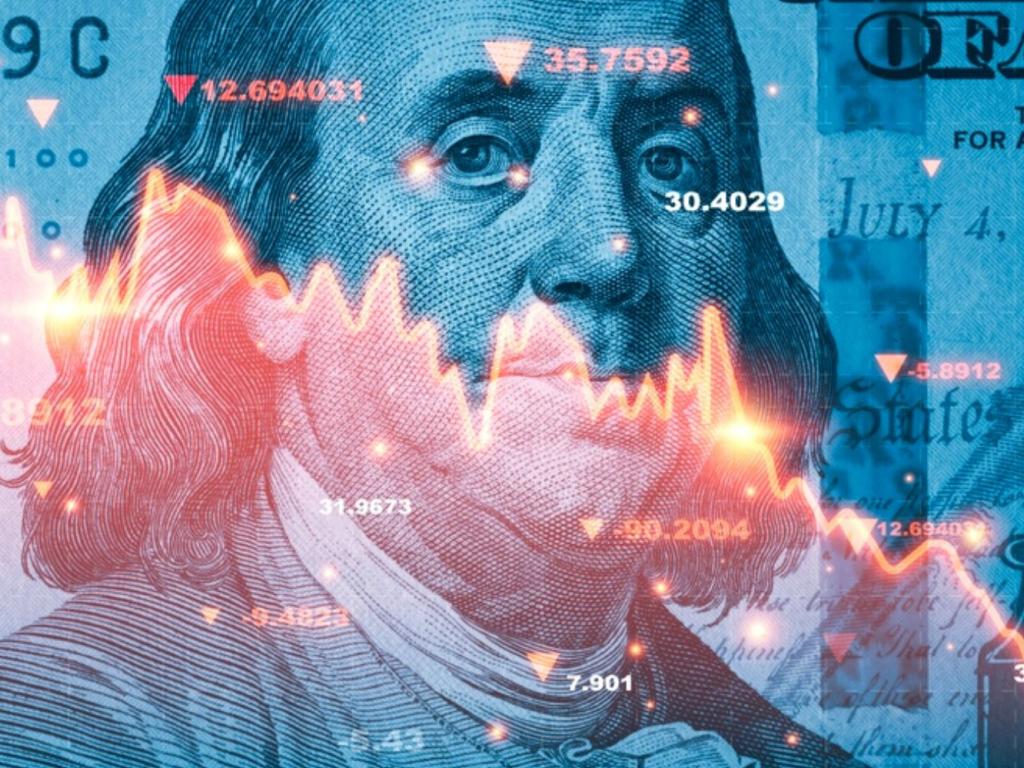3 Alarming Charts: US Yield Curve Mirrors 2008 Subprime Crisis As Default, Recession Worries Mount
Author: Piero Cingari | May 11, 2023 11:41am
The U.S. Treasury yield curve entered an unprecedented state this week, with one-month yields rising above three-month yields for the first time since the subprime mortgage crisis, due to investors' mounting concern about the U.S. debt ceiling situation.
The yield differential between one-month and three-month Treasury bills widened to more than 30 basis points on Thursday, the largest ever recorded since early 2008. Over the past two weeks, one-month yields have risen by nearly 2 percentage points from 3.5% to 5.5%.
The yield curve in the United States is now completely inverted between one month and five years, which is often seen by the market as a condition of danger that the debtor would be unable to meet its obligations in the near future.
Read more: Unraveling Treasury Yield Curve: 5 Charts Depicting Haywire Shifts In The Debt-Ceiling Crisis
Chart: 1-Month T-Bill Yield vs. 3-Month T-Bill Yield

3-Month Versus 10-Year Yield Spread Indicates A Recession Is Just Around The Corner
Furthermore, the 3-month to 10-year yield spread increased to 1.84%, the highest recorded since 1983, reflecting mounting market fears about an impending recession.
The 3-month versus 10-year yield gap is being used as a gauge by the New York Fed's recession risk tracker, which now indicates a 68% likelihood of a recession developing within the next twelve months.
Chart: NY Fed's Twelve-Month Ahead Recession Probability

Bond Investors Are Betting Big That The Fed Will Cut Interest Rates Soon
Bond investors currently hold the strongest conviction since November 2007 that the Fed will be compelled to reduce interest rates significantly and swiftly in the near future.
The 2-year Treasury yield, a crucial proxy for assessing market expectations on the Fed's short-term interest rate, fell to 3.83% on Thursday, moving around 1.4% below the current level of the Fed funds rate.
Such a level of negative spread between 2-year yields and the Fed funds rate, typically implies traders wagering heavily on Fed interest rate cuts to foster a recovery when a recession hits.
Chart: 2-Year Yields vs. Fed Funds Rate

Most-Traded Exchange Traded Funds (ETFs) Investing In US Treasuries:
- SPDR Bloomberg 1-3 Month T-Bill ETF (NYSE:BIL)
- SPDR Bloomberg 3-12 Month T-Bill ETF (NYSE:BILS)
- iShares 1-3 Year Treasury Bond ETF (NASDAQ:SHY)
- iShares 7-10 Year Treasury Bond ETF (NASDAQ:IEF)
- iShares 20+ Year Treasury Bond ETF (NASDAQ:TLT)
Now read: Biden Condemns GOP For 'Holding The Economy Hostage' Amid Debt Ceiling Crisis, Says US Default Not An Option
Photo: Shutterstock
Posted In: BIL BILS GOVT IEF SHY TLT








